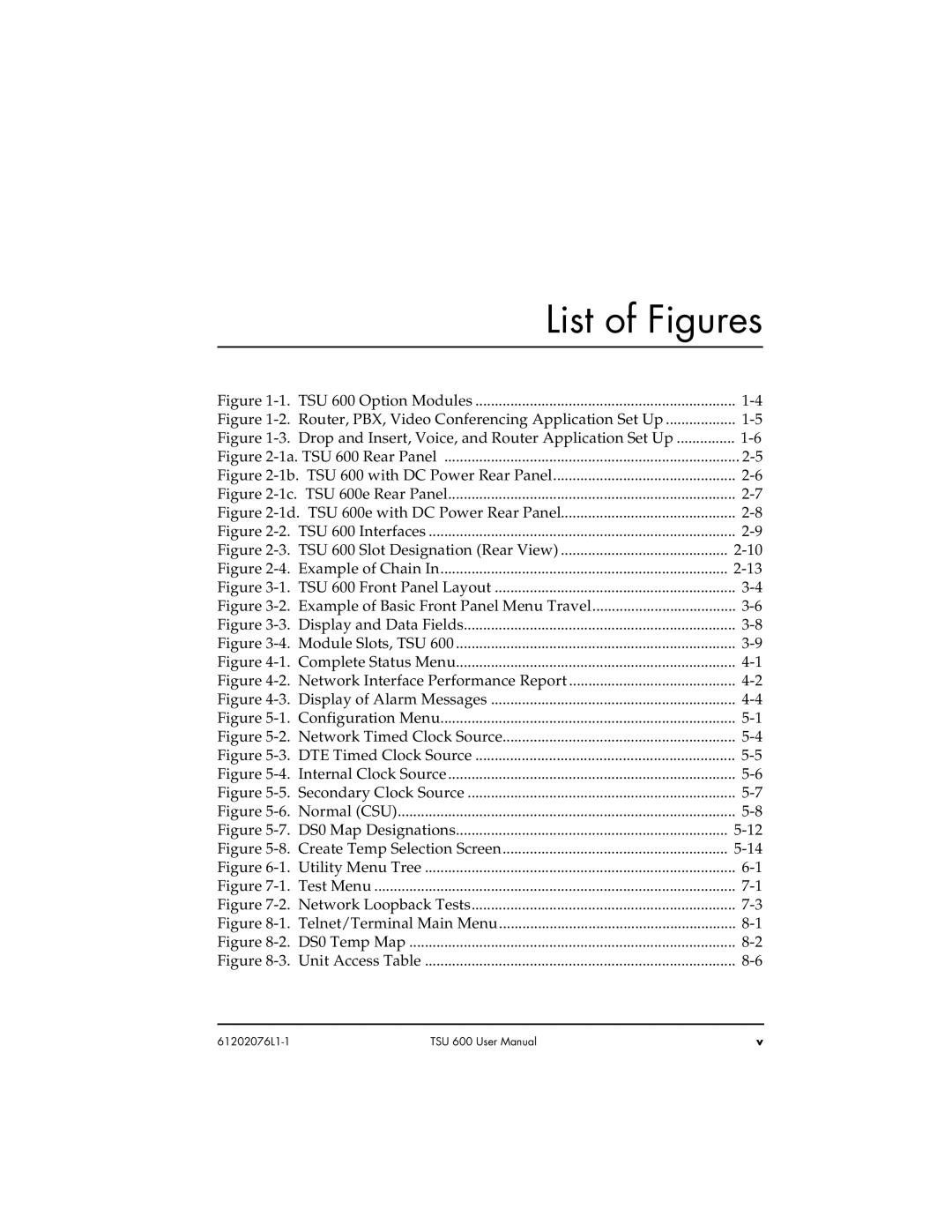Figure 1-1. TSU 600 Option Modules | 1-4 |
Figure 1-2. Router, PBX, Video Conferencing Application Set Up | 1-5 |
Figure 1-3. Drop and Insert, Voice, and Router Application Set Up | 1-6 |
Figure 2-1a. TSU 600 Rear Panel | 2-5 |
Figure 2-1b. TSU 600 with DC Power Rear Panel | 2-6 |
Figure 2-1c. TSU 600e Rear Panel | 2-7 |
Figure 2-1d. TSU 600e with DC Power Rear Panel | 2-8 |
Figure 2-2. TSU 600 Interfaces | 2-9 |
Figure 2-3. TSU 600 Slot Designation (Rear View) | 2-10 |
Figure 2-4. Example of Chain In | 2-13 |
Figure 3-1. TSU 600 Front Panel Layout | 3-4 |
Figure 3-2. Example of Basic Front Panel Menu Travel | 3-6 |
Figure 3-3. Display and Data Fields | 3-8 |
Figure 3-4. Module Slots, TSU 600 | 3-9 |
Figure 4-1. Complete Status Menu | 4-1 |
Figure 4-2. Network Interface Performance Report | 4-2 |
Figure 4-3. Display of Alarm Messages | 4-4 |
Figure 5-1. Configuration Menu | 5-1 |
Figure 5-2. Network Timed Clock Source | 5-4 |
Figure 5-3. DTE Timed Clock Source | 5-5 |
Figure 5-4. Internal Clock Source | 5-6 |
Figure 5-5. Secondary Clock Source | 5-7 |
Figure 5-6. Normal (CSU) | 5-8 |
Figure 5-7. DS0 Map Designations | 5-12 |
Figure 5-8. Create Temp Selection Screen | 5-14 |
Figure 6-1. Utility Menu Tree | 6-1 |
Figure 7-1. Test Menu | 7-1 |
Figure 7-2. Network Loopback Tests | 7-3 |
Figure 8-1. Telnet/Terminal Main Menu | 8-1 |
Figure 8-2. DS0 Temp Map | 8-2 |
Figure 8-3. Unit Access Table | 8-6 |

